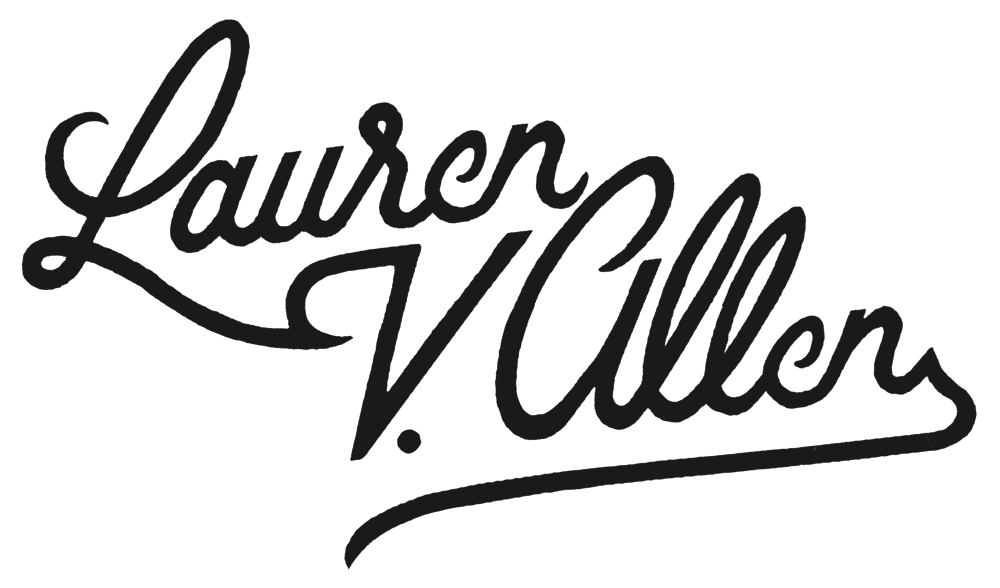
Oh, Bonnieux, how I miss you so (rhymes with monsieur, if you're curious how to pronounce it)! Nestled and perched high on the side of a mountain in the Luberon region lies Bonnieux, another Roman-Gothic tiny village that has vibrant life, steep streets (very very steep, which is still an understatement), and a spectacular view onto the land of les paysans (farmers). This little town, home to Les Chapelins (a small neighborhood surrounded by vineyards that climbs the mountainside where we stayed), unlike any other is bustling with life, beyond welcoming, home to delicious restaurants, and had the most casual lifestyle. While we didn't make it to the bread museum (shucks...just more carbs for next time!), we did make it to the18th-century chapel at the bottom of the village, the market, found a lively little grocery store, and grabbed our daily croissants and baguettes from the local paâtiserie and salon de thé. We antiqued with some locals and met a lovely artist couple, Carole Sebton and Laurent Vauxion, who own Sous les toiles de Provence Atelier-Galerie who make some of the most unique impressionistic and mixed media work I've ever seen in person.We stayed in an old Provencal home that had been modernized, but still kept its old world charm in way of its stone sink, worn stairs, thick stone walls, and its lack of windows facing the street (cool fact: the French were taxed for the number of windows on a home that faced the street...so they wouldn't put windows on the side of that house!).
This house was our sanctuary to everything that weighed heavy on our shoulders at home. It was one of the best escapes I can remember and easily one of the most photogenic, too! It was so photogenic, we could not pass up a 30th anniversary and family portrait shoot for Jerry's parents. With a view fromBonnieux, across the valley all the way toLacoste, one could sit for hours gazing off past the horizon. When I wasn't daydreaming my life away, I was playing badminton with Jerry and Tess, dipping my toes in the pool while glued to my newKinfolk and sipping sparkling lavender lemonade, I spent my mornings noshing on pastries, butter, and honey, and drinking endless amounts of espresso while sitting in the kitchen window. Tess and I also had a lovely time photographing (and eating) ALL THE FOOD (wait for the next post!), enjoying our time together with family, and occasionally dodging a scorpion. I even raced snails (escargot on the go!) and admired the beauty of spiders and their webs, rather than screaming and running away. This house had so much natural beauty and history with it's towering trees, terraced garden full of lavender, pears, figs, blackberries, olive trees, and all the pretty flowers that overlooked the vineyards of Les Chapelins. And all the history is tied up with the key to this home... it's so big, you could never lose it!




Go! Go! Go! Escargot!




















OMG PASTRIES + ESPRESSO!





I spent probably 30 minutes in awe of this florist as she whipped up the most beautiful bouquets in merely seconds. If there was an olympic racing event for creating stunning fresh-flower bouquets, I'm certain she'd win.

On one of our slugfest days (days where you do nothing but slug around), we went out to Les Agnels Distillerie de Lavande to see how lavender was farmed, harvested, distilled, and turned into the finest essential oil. We learned about the health benefits of lavender, too. I'll give you a quick description...it heals everything with 1 drop. We even finished up by watching lavender get stuffed by a tractor tire into the still while sipping on lavender water (not to my taste, hence why I took photos instead). This was a very interesting and informational visit. I had no idea there were three different species of lavender that grew at three different altitudes: traditional lavender (high altitudes), spike lavender (low altitudes), and lavandin, a hybrid of the first two where they meet in a middle altitude. Most of what we use in oils, perfumes, lotions, and other aromatherapy forms are lavandin, rather than lavender, because it is easier to genetically reproduce. They all have their own different medicinal qualities too, but it seemed that lavande officianale, true lavender, had the best and most healing qualities. It also yields some of the BEST honey I've ever had, besides of course, the local honey from Eastern NC.





Thanks for stopping by--I hope you enjoyed our photos from Bonnieux of our epic slugfest (massive key below)!


Some really not-so-awesome-but-can’t-live-without-them instax shots of our tablescape and view from the kitchen window.
And again, our trip was, of course, chronicled in instagram posts. Below are some from this part of our trip. To see them all, and unfortunately see the nsfw spam that made it’s way into our beautiful hashtag, search #bonnieuxmonsieur.

Up next, FOOD. ALL THE FOOD. Please eat before you view! :)

































